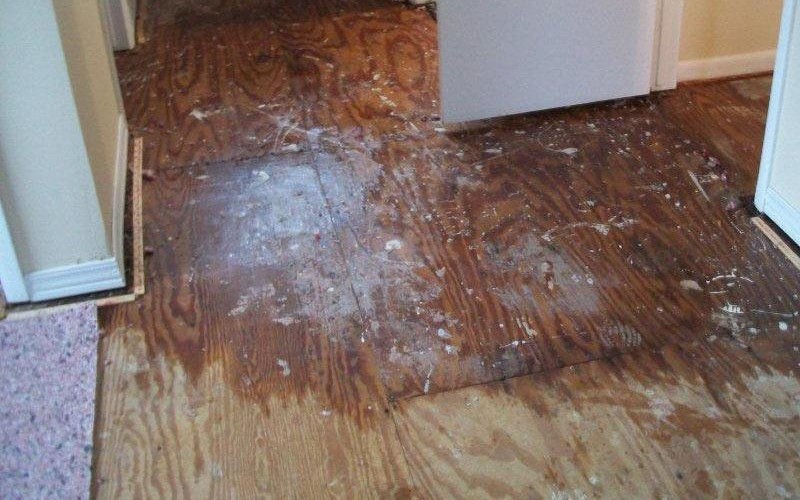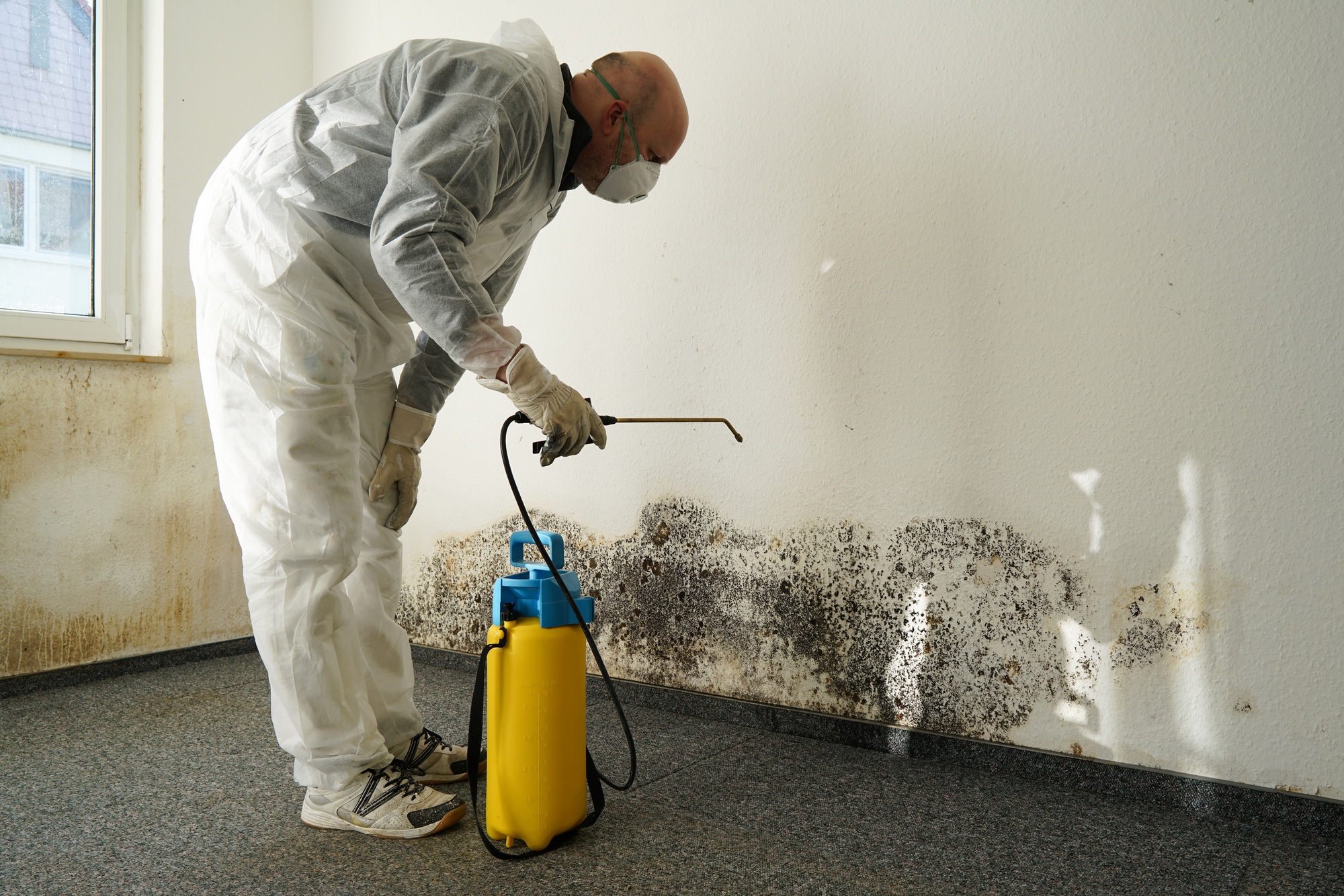Water Damage Cleanup Experts Offering Prompt and Efficient Solutions
Water Damage Cleanup Experts Offering Prompt and Efficient Solutions
Blog Article
The Refine of Water Damages Cleaning: Ensuring Your Home Is Brought Back Successfully
Water damages can be a daunting challenge for property owners, demanding a structured and careful clean-up process to restore safety and security and performance. A comprehensive analysis is vital to recognize the extent of the damages and establish the appropriate removal measures. Following this, effective water extraction methods play a critical function in reducing further injury. The subtleties of drying out, sanitizing, and ultimate remediation are just as crucial and often neglected. Comprehending these phases can make a considerable difference in the end result of your home's reconstruction, prompting a closer check out what each action entails.
Evaluating the Damage
Upon discovering water damages, the first step is to completely analyze the extent of the influence. This initial assessment is crucial, as it aids figure out the needed steps for effective cleaning and reconstruction. Begin by evaluating the influenced locations, including walls, ceilings, floors, and personal belongings, to identify the resource of the water breach, whether from flooding, leaks, or condensation.
Recording the damage is vital for both insurance policy claims and preparing repair efforts - damage restoration services. Usage pictures and written notes to capture the seriousness of the damage, keeping in mind any damaged structural elements and products. Pay special focus to locations that may not be promptly noticeable, such as behind wall surfaces and under rugs, as concealed wetness can lead to further problems, including mold and mildew development
In addition, evaluate the timeline of the water direct exposure. The longer the products stay damp, the greater the possibility for damage. Comprehending the duration of direct exposure will certainly inform the seriousness of removal efforts. Eventually, a detailed assessment prepares for an effective water damage cleaning process, guaranteeing that all affected locations are attended to properly and completely.
Water Extraction Strategies

Specialists generally employ submersible pumps for larger quantities of water, which can rapidly relieve flooding in basements or various other influenced locations. For smaller sized amounts, wet/dry vacuums are commonly used to draw out residual wetness from carpets and hard surfaces. Furthermore, utilizing portable extractors permits targeted elimination in restricted rooms or areas with delicate products.
In instances of contaminated water, such as sewer or floodwater, advanced extraction methods may include making use of biohazard devices to make sure security and compliance with health and wellness laws. High-powered removal tools are vital in reducing water retention in structural materials, which can result in mold development and structural wear and tear if not addressed without delay.
Ultimately, the efficiency of water removal techniques plays a pivotal function in the overall success of the water damage cleaning procedure, laying the foundation for succeeding remediation initiatives.
Drying and Dehumidification
When standing water has actually been effectively removed, the following crucial stage in the water damage clean-up procedure is drying and dehumidification. This action is important to stop additional damages and mold and mildew growth, which can visit their website happen within 24 to two days in wet environments.
To achieve efficient drying, customized devices such as industrial-grade air movers and dehumidifiers is employed. Air moving companies distribute air across damp surface areas, improving dissipation prices, while dehumidifiers decrease moisture levels airborne, advertising a favorable setting for drying out. The combination of these devices makes sure that moisture is attracted out from furnishings, floors, and walls, enabling them to completely dry thoroughly.
It is necessary to keep an eye on the drying out procedure very closely. Professionals typically use moisture meters to examine the dampness content in various materials, guaranteeing that all impacted locations get to acceptable dry skin levels. This thorough strategy assists to protect against covert dampness pockets that might lead to structural damages or harmful mold growth.

Cleansing and Sanitizing
After the drying and dehumidification stage is full, the following vital action in water damage clean-up is cleaning and sterilizing the affected areas. This process is crucial to avoid the growth of mold and mildew, bacteria, and other virus that flourish in damp atmospheres.
The cleaning phase typically involves getting rid of any kind of debris, dirt, and impurities from surface areas using specialized cleaning up representatives. For tough surfaces, a combination of soap and water or commercial cleaning items is often employed. Soft products, such as upholstery and carpetings, might require a lot more considerable cleaning methods, including heavy steam cleaning or deep removal methods, to make certain comprehensive sanitation.

Disinfecting complies with cleaning, making use fire damage cleaning of EPA-approved anti-bacterials to remove dangerous microorganisms. This step is necessary, specifically in locations that may have entered helpful site into call with floodwaters or sewage, as these sources can present serious health threats.
Furthermore, it is very important to address any kind of remaining smells, which might need the use of odor neutralizers or advanced strategies like ozone treatment. Correct cleaning and sterilizing not only restore the security and health of your home however also prepared for successful reconstruction and repair work in succeeding phases of the water damage clean-up procedure.
Restoration and Repair Services

When the assessment is total, reconstruction initiatives can begin. This commonly involves fixing or replacing damaged materials, making certain that all work follows regional building ordinance and standards. As an example, if drywall has been jeopardized, it will need to be eliminated and replaced with new material. Furthermore, flooring might call for similar attention, depending on the degree of water exposure.
It is important to involve experienced reconstruction specialists throughout this process, as they possess the know-how to handle complex repair services efficiently. They can help mitigate potential future problems, such as mold growth or architectural instability, hence making sure a habitable and risk-free living atmosphere. Inevitably, efficient remediation and fixings recover the home's integrity and boost its total value.
Conclusion
Finally, the process of water damages cleanup is crucial for recovering a home to its pre-damage problem. Each stage, from evaluating the damages to implementing efficient water extraction methods, adhered to by detailed drying, sanitizing, and necessary fixings, plays a necessary function in ensuring safety and security and conformity with building requirements. Effective execution of these actions not only reduces immediate damage but likewise boosts the lasting integrity and worth of the residential or commercial property.
Water damages can be a daunting difficulty for property owners, requiring a structured and careful cleaning procedure to bring back safety and security and capability. Eventually, a thorough assessment lays the groundwork for a successful water damages cleaning procedure, making sure that all impacted locations are addressed efficiently and completely.
Efficient water extraction strategies are vital in mitigating damages and protecting against additional complications complying with a water intrusion occasion.In final thought, the procedure of water damages cleanup is vital for recovering a home to its pre-damage condition. Each stage, from examining the damages to implementing reliable water extraction methods, followed by extensive drying, disinfecting, and required fixings, plays a vital duty in guaranteeing safety and conformity with structure standards.
Report this page